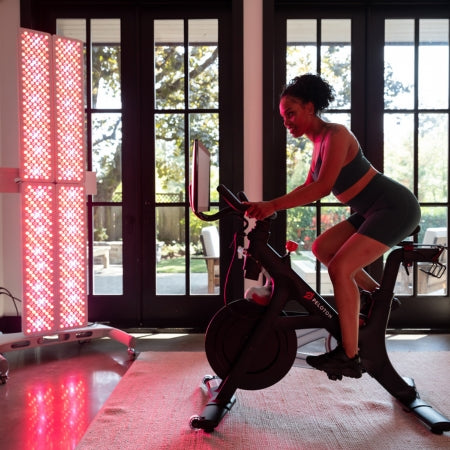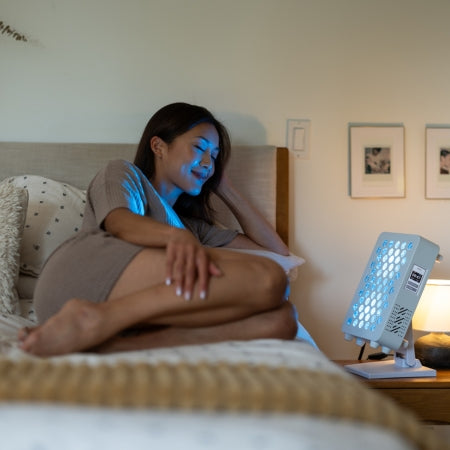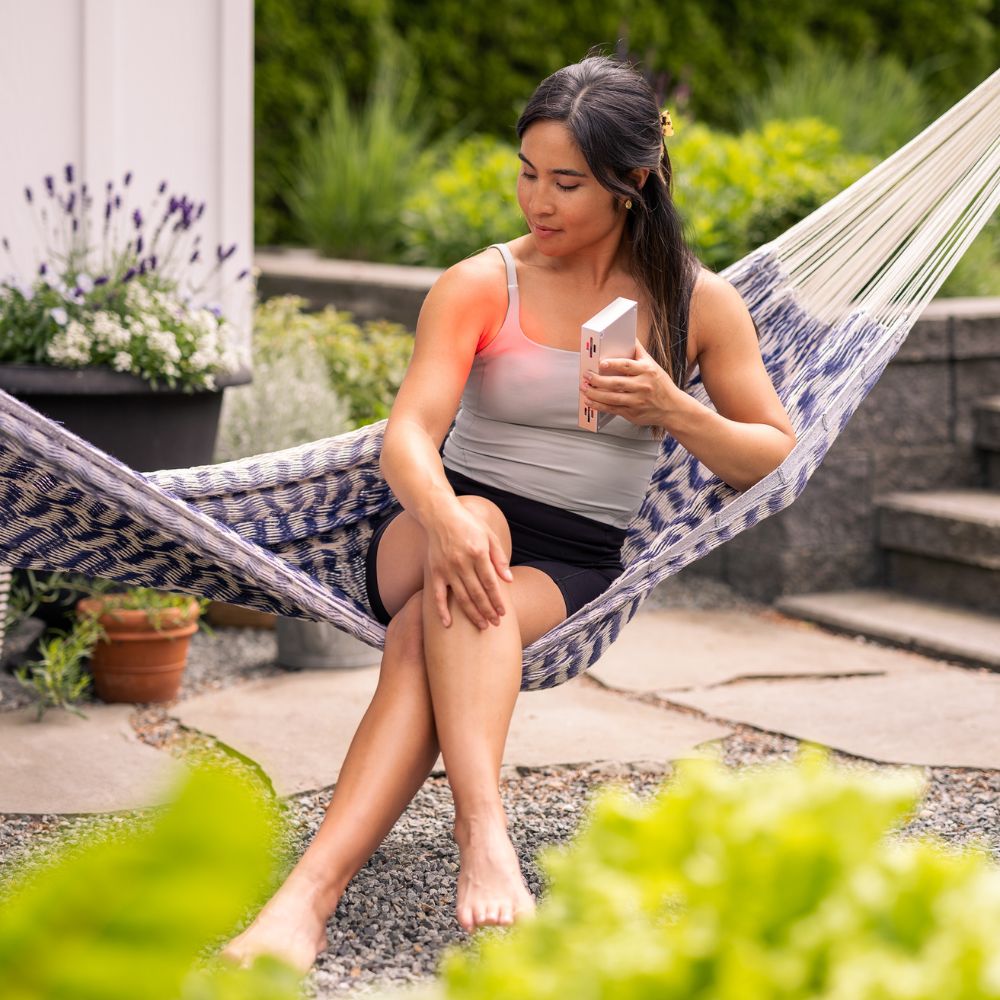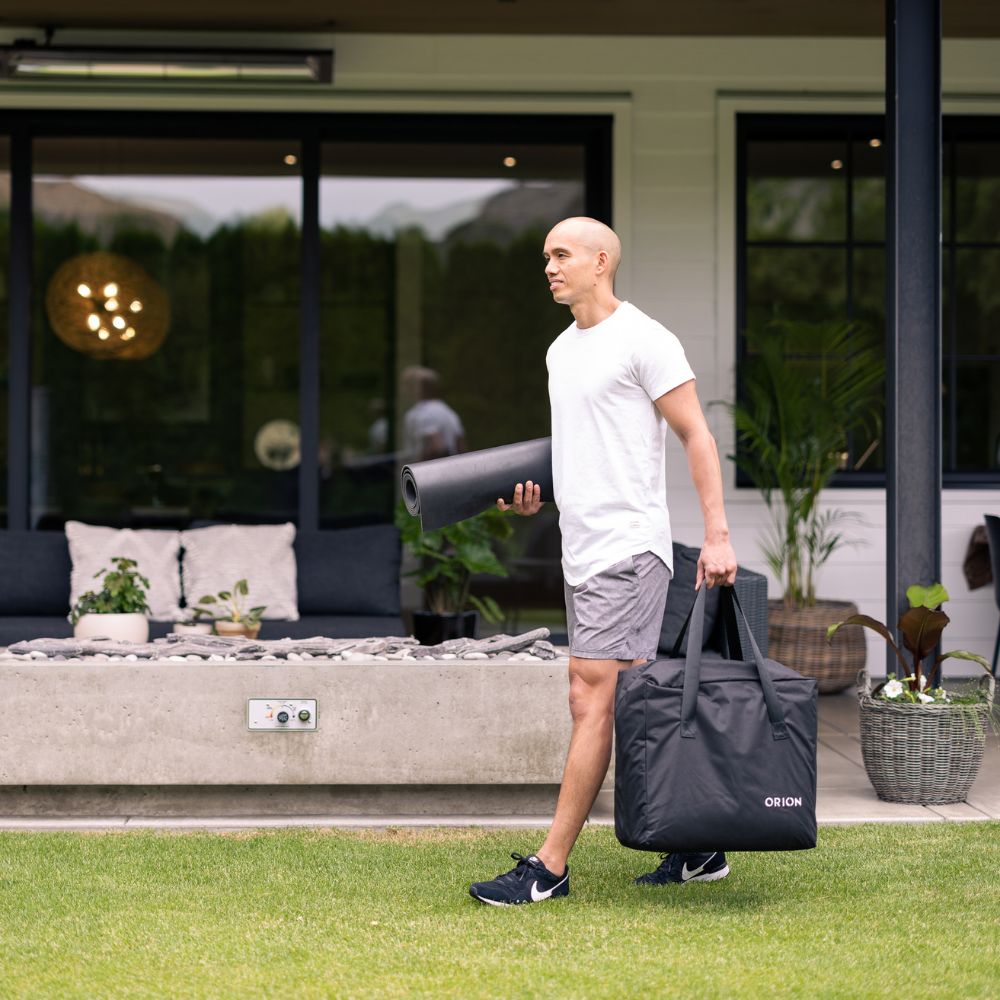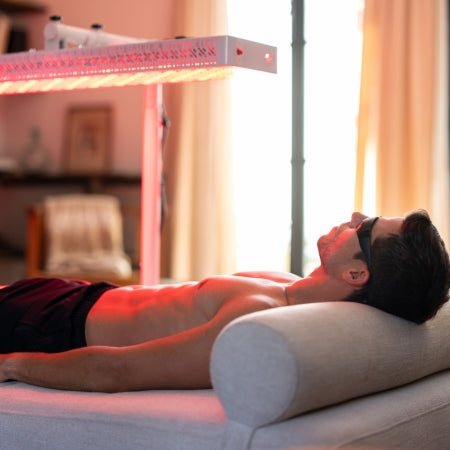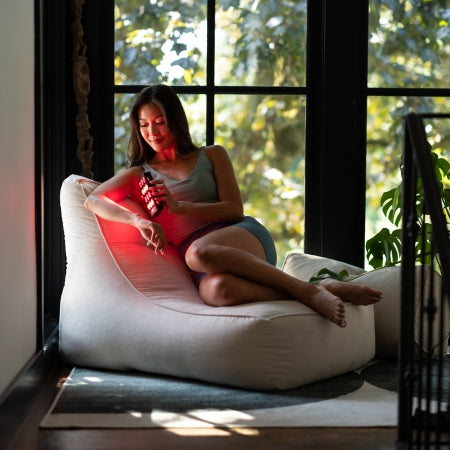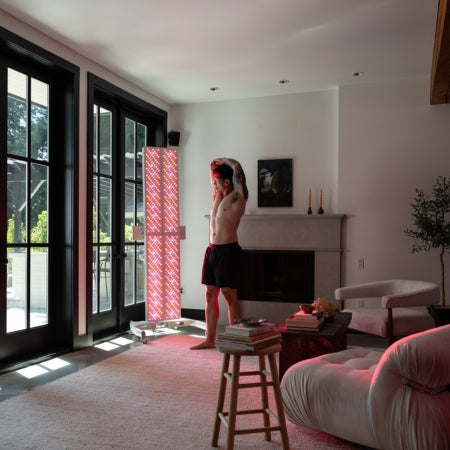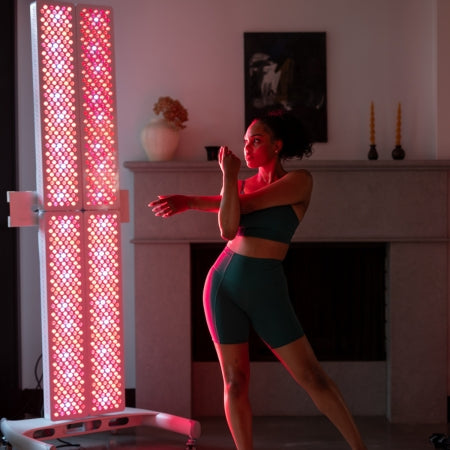Whether you're a high-performance athlete or a weekend warrior, you may have experienced delayed onset muscle soreness (DOMS) after exercising. DOMS usually occurs during intense bouts of exercise or when an untrained body is (re)introduced to exercise. During exercise, muscles break down to stimulate its tissues and cells to regrow and become stronger. The onset of muscle soreness can occur immediately or up to a couple of days after an exercise bout.
Ways to reduce DOMS
- Proper nutrition
- Staying hydrated
- Getting a massage
- Adequate rest
- Stretching
- Red Light Therapy
How does Red Light Therapy reduce delayed onset muscle soreness?
Red Light Therapy reduces delayed onset muscle soreness by using medical-grade 5w LEDs to project red light at 660nm and near-infrared light at 850nm onto your body. When the body is exposed directly to red and near-infrared light, the mitochondria is stimulated to create more energy to accelerate the healing process of muscles and tissues.
Find out more on How Red Light Therapy Works.
Studies have found that implementing red light therapy before exercises speeds up the muscle recovery time. [1,2,3] One in particular has also shown how it helps increase the number of repetition in an exercise before exhaustion.
Other studies have found that using red light therapy post-exercise accelerated the healing process of muscle soreness. [4]
Which Red Light Therapy device should I use?
When searching for a red light therapy device on the market, it's important to find a device that suits your needs and provides the best power output. With world-class performance, Orion uses the most clinically proven wavelengths of red (660nm) and near-infrared (850nm) light to stimulate the production of collagen. We recommend daily 10-15 minute treatments for the best results.
Shop the Orion lineup to find the best device that suits you.
[1] Leal-Junior, E. C., Lopes-Martins, R., et al. (2010). Effects of low-level laser therapy (LLLT) in the development of exercise-induced skeletal muscle fatigue and changes in biochemical markers related to postexercise recovery. Journal of Orthopedic Sports & Physical Therapy.
[2] Leal-Junior, E. C., Vanin, A. A., et al. (2015). Effect of phototherapy (low-level laser therapy and light-emitting diode therapy) on exercise performance and markers of exercise recovery: a systematic review with meta-analysis. Lasers in Medical Science.
[3] Douris, P., Southard, V., Ferrigi, R., Grauer J., Katz, D., Nascimento, C., & Podbielski, P. (2006). “Effect of Phototherapy on delayed onset muscle soreness”. Photomedicine Laser Surgery.
[4] Oliveira, A. R., et al. (2014). What is the ideal dose and power output of low-level laser therapy (810 nm) on muscle performance and post-exercise recovery? study protocol for a double-blind, randomized, placebo-controlled trial. BioMed Central.





















